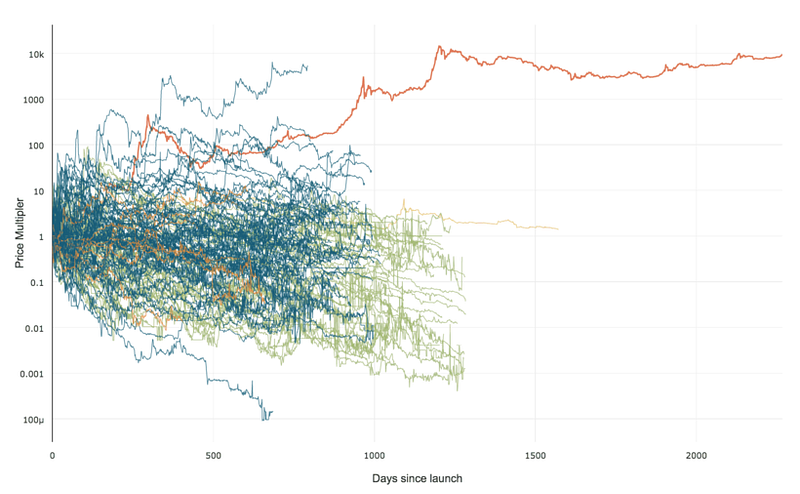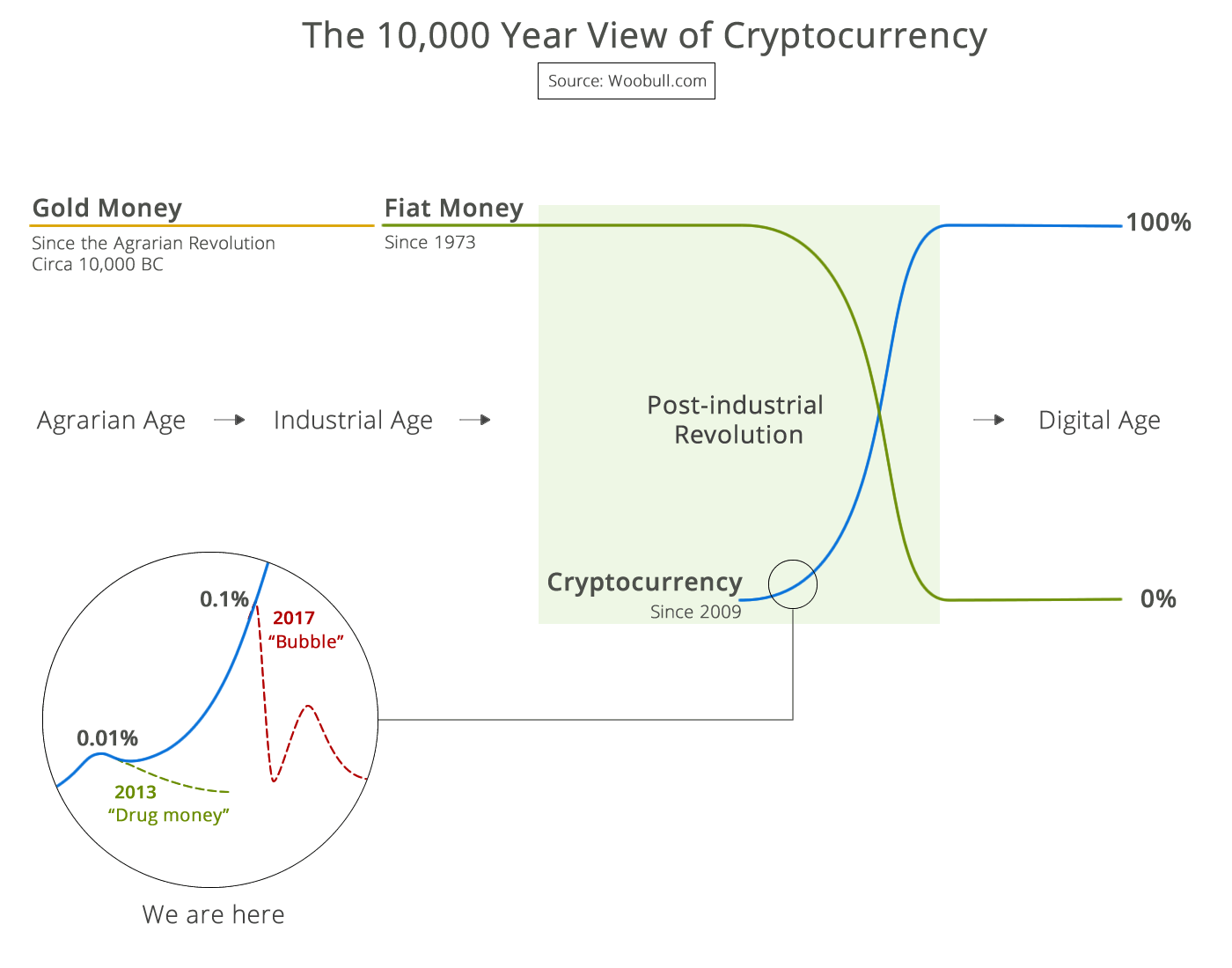Several weeks ago, I found myself in a discussion with military strategists about Schrödinger’s half dead cat . Then I came across Beyerchen’s description of Clausewitz as non-linear war, first published in International Security back in 1992. This proximity of these discussions took me to interesting places.
For the non-technical, realize that in Beyerchen’s model, “nonlinear” doesn’t mean “not like a line”. In this context, nonlinear describes that a system is either not proportional or not additive. In other words, if efforts continue for twice as long, the effect won’t be twice as much. Also, if you double the effort, the effect won’t be twice as much. In both cases, the effect of more effort could be more or less, and cross-correlation effects come into play. For the technical person, realize linearity doesn’t necessarily imply scalar values. For example, in the realm of physics, Shrödinger’s wave equations describing molecular orbits can be added, hence additive, and they demonstrate linearity even though it’s functions that are added instead of numbers.
One character of nonlinearity is that variables cannot be isolated. Military strategist Jomini would add up things like number of guns and number of soldiers and predict the outcome of war. Clausewitz sees them all irreversibly tangled and non-orthogonal. For conversational simplicity, Clausewitz builds a war taxonomy using parameters or variables of 1) emotions between actors, 2) the policy or regulatory or legal limits between actors, and 3) the statistics or randomness that is present in any situation.
Jomini’s model of war dominates where lack of feedback endures. These are one-act wars. Put the number into the hopper, turn the crank, play the round against the opposite party, and that IS the war. When the engagement is allowed to become interactive, Clausewitzian paradigms come into play. With Clausewitz, there is no skip-ahead to analytically predict the outcome of a contention between parties.
There are implications of the Clausewitzian proposition and that war is nonlinear system and therefore unpredictable. If true, ways and means arguments toward a goal cannot be predicted and therefore are not helpful tools – strategy (means to a goal) itself becomes non useful. Imagine the situation where engaging in war toward some goal is a purposeless exercise because you can not predict the transient kinetic outcome of the engagement. If you run the simulation to full depletion of resources and lives — if you reach “thermodynamic equilibrium” or “absolute zero” — war coalesces to a stalemate that does nothing but bleed the last from each participant or someone eventually wins with the other party in unconditional loss. World War I got close to this situation.
Consider the value of military strategy and planning. If Clausewitz is correct, this means that outcome-based warring is not possible. We cannot engage on a war for a certain goal. We must start it for other reasons and then accept and adapt to where it takes us. For instance the second Iraqi wars must be reinterpreted: we were fooling ourselves to think we could simply engage our Jominian strategy to removing a tyrant. Instead it grew into Clausewitzian comprehensive remodeling of a society – and not into whatever someone intended it to be. This wasn’t a mistake or error, but rather an intrinsic character of conflict. Removing a tyrant was one branch of a fractal diagram of international events. Instead, the situation became something of it’s own design based on chaos theory interaction between the triad of players: emotion between the parties, limitations of regulation/law/policy, and probability.
If the framework of ways and means toward a goal cannot be applied to a Clausewitzian engagement, what does it mean to have a Clausewitzian “Strategy”? Most people would define strategy to ontologically includes ways and means to a goal. If this is not possible according to Clausewitzian logic, then why do we engage in conflict? What does planning mean? Because we don’t control outcomes, it must mean more about preparing ourselves, knowing who we are, knowing what our nation stands for, securing our intellectual, spiritual, and emotion borders. We should create in ourselves the nation we want to be, political, military, economic and let the chaos on a world stage play out. We may find ourselves in a fighting war, maybe a cold war, or maybe no war.
Because we can control no outcome, our strategy would be about us – about how we as a nation are intending to change – not about declarations of what someone else should be, or the way some other nation should be. This prevents imperial actions or nation building.
Clausewitz used “high tech” analogies like friction and magnetism, that were brand new concepts in the period of time he wrote. In this spirit, I think it’s appropriate to point out that the classic differences between causality and analytical predictability (Jomini) versus probability and statistics (Clausewitz) also played out in Physics theories in the early 20th century.
To be precise, we need to be careful with the word chance as used in the Clausewitz translations. Chance is descriptive, but not causal or prescriptive. Randomness, statistics, and probability are prescriptive but not causal. There is no causality to randomness.
In the physical research world of the early 20th century, Einstein voted for predictive causality. Niels Bohr voted for statistics and randomness. This conflict manifest in an interesting hypothetical case study proposed by Schrödinger: the half dead cat.
Beyerchen’s summary that “Due to our ignorance of the exact initial conditions, the cause of a given effect must, for all intents and purposes, often be treated as unavoidable chance.” is a near perfect statement of the Heisenburg uncertainty principle and Bohr’s statistical universe.
Also a tight analogy is that to a quantum physicist, the very fact of measuring the world changes the world, which tremendously matches Clausewitz’ message of conflict interactivity: the outcome is changed depending on how you measure it. Overlapping realities of light collapse into wave behavior or particle behavior depending on how the measurement is taken.
Abandoning causality and embracing quantum mechanics has been useful in a pragmatic way, also. Doing engineering via statistics works. Transistors have no causality of why electrons puncture impossible energy barriers. Monte Carlo engineering simulations decry against causality, but are tremendously useful for engineering design processes. Clausewitz’s concept that wars predictably escalate is similar to aerodynamic forces predictably twisting aircraft control surfaces. In a similar way, there are other pieces of Clausewitz’ triad that come in to play to limit the escalation. And in the physical world, there are nonlinear phenomena that create Limit Controlled Oscillations (LCO) of aerodynamic structures.
The Schrödinger half-dead cat question is a question of ontology – “Which is the REAL description of the universe?” Or, more precisely, under what circumstances do the overlapping descriptions bifurcate into two different realities. What event or thing causes these two descriptions of the universe to overlap or not?
The analogy of physics to to war theorists is stunning. The work of Einsten in the field of relatively assembled previously statistical chaotic and unpredictable observations of the physical world and showed in 1916 that outcomes can be predicted with a quantifiable analytical model by predicting that light is bent by gravity. This is nearly identical to someone picking up all the chaos of Clausewitz and showing that it really folds into a nice battle order strategy reminiscent of Jomini. Wow, that would be worthy of several PhD degrees and should be a landmark in more than 100 years of military strategic thought!
In the physical world, it turns out that in different regimes, one or the other method is more convenient to use – sometimes more accurate to use. The argument about ontological nature of the universe has been largely abandoned to history. Perhaps the century old arguments of whether Jomini or Clausewitz propose a better model of war have also surpassed their usefulness.
The analogy of quantum mechanics and war strategy tempts some interesting implications cousin that require more research and thought. We may gain additional insights by considering them.
- Einstein causal descriptions tend to work with a more macroscopic long-term world. Is this true also for Jomini/Realism? Schrödinger’s and Bohr’s statistics tend to work with the more microscopic short-time-line world. Is this true also for Clausewitz/Constructivism?.
- E/J/R is more predictive for military strategic planning. S/C/C is more descriptive and works better for historical analysis. Yes, this seems to be true.


 99% of ICOs Will Fail
99% of ICOs Will Fail The 10,000 year view of cryptocurrency
The 10,000 year view of cryptocurrency